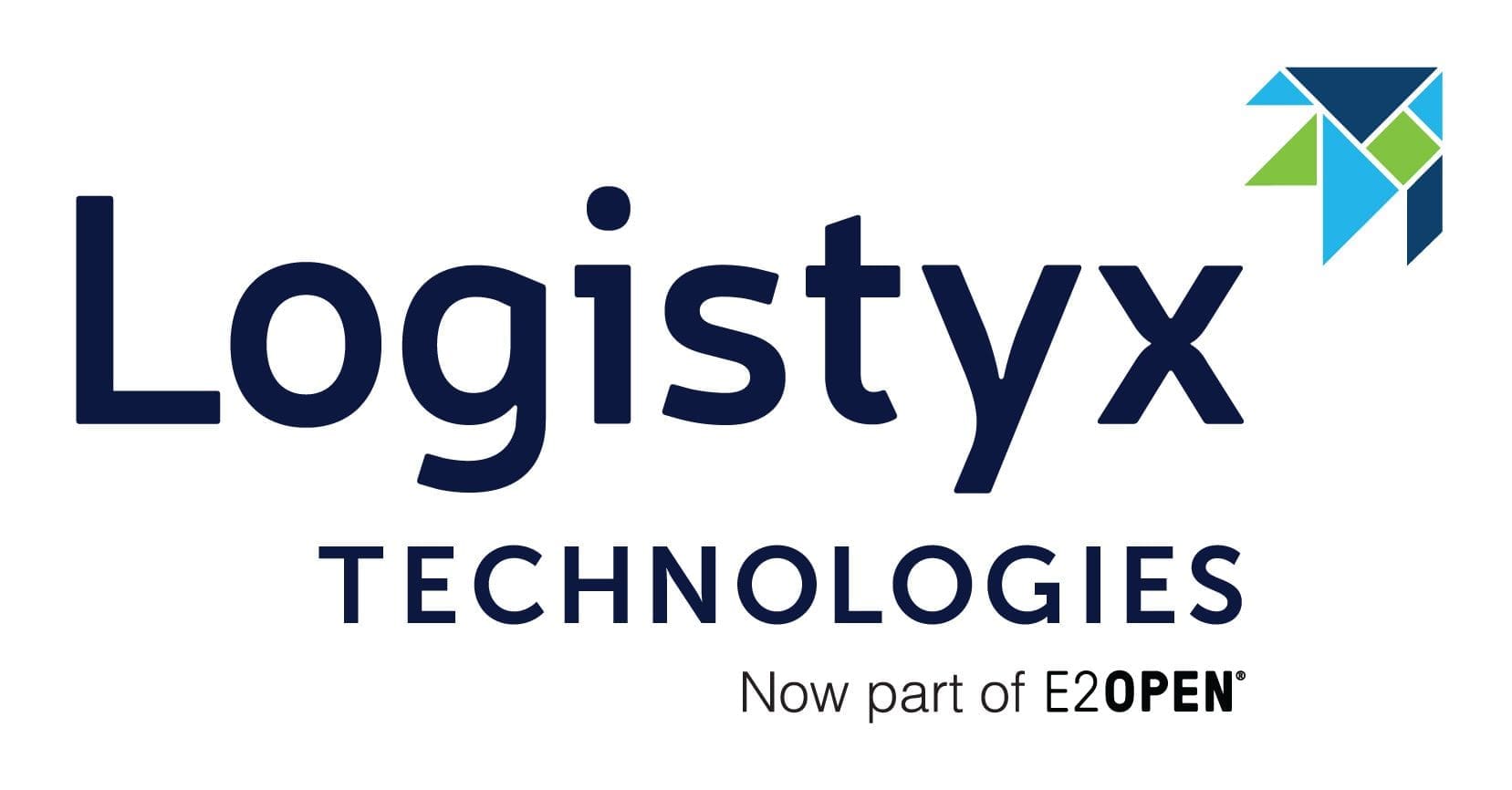 While manufacturers strive for flexibility, inherent limitations in ‘standard’ processes can limit one’s ability to quickly adapt. Despite decades of investment in supply chain systems, production scheduling, and demand forecasting, many are still grappling with a basic yet critical challenge – producing the right mix of products at the right time.
While manufacturers strive for flexibility, inherent limitations in ‘standard’ processes can limit one’s ability to quickly adapt. Despite decades of investment in supply chain systems, production scheduling, and demand forecasting, many are still grappling with a basic yet critical challenge – producing the right mix of products at the right time.
The cost of getting that wrong? Ballooning inventories, underused capacity, missed revenue opportunities, and operational fire drills that send planners and shop floors scrambling. This is not a “nice to fix someday” problem, but a now problem that directly impacts the bottom line.
Why is flexibility so elusive? And more importantly, how can you become genuinely agile?
The Funnel Problem: Too Many Inputs, Not Enough Confidence
Manufacturing planning is inherently a funnel. Inputs like demand forecasts, customer orders, safety stock policies, and inventory targets are combined with capacity and material availability then funneled down into a final output: what the plant actually makes.
The challenge is that many of those upstream signals are volatile or delayed. And once you’re in the frozen window of manufacturing (often 4 to 8 weeks), there’s little room to pivot. You’re locked in. If you guessed wrong upstream, you’re stuck downstream.
It doesn’t matter if you’re producing chemicals with EPA-regulated formulations or consumer goods with short lifecycles. Bad signals lead to bad inventory, and bad inventory leads to big financial pain.
The Absorption Trap: Capacity Isn’t Free
Consider a common situation: A plant is running full tilt, but it’s producing the wrong mix. Maybe there’s too much of a slow-moving SKU and not enough of a high-margin fast mover. Even worse, pulling back production to fix the mix means underutilized equipment and teams. That’s lost absorption, and it’s costly.
Plants end up in a tough spot: either eat the cost of idle time or build something suboptimal just to “keep the lights on.” In either case, the supply chain suffers.
The core issue is a lack of responsive planning tools that allow planners to simulate alternatives, understand the trade-offs, and align stakeholders in real time.
Automation and Scenarios to Build Agility
To overcome these challenges, companies need more than spreadsheets and intuition. They need automation and scenario-based planning, working in tandem.
Automation enables planners to instantly react when upstream signals change. For example, increasing safety stock for a critical SKU should automatically trigger adjustments in raw material orders, production schedules, and capacity plans. Without automation, these changes are manually propagated. And the manual process is typically slow, inaccurate, and inconsistent.
Scenario planning complements this by allowing teams to explore the implications of decisions before locking them in. What if demand drops by 15% next quarter? What if a supplier goes offline for two weeks? What if we launch that new product a month late? The answers to these questions can’t wait for next month’s S&OP meeting!
And yet, too many companies still operate in reactive mode, where each planning cycle is a scramble to fix the last one’s mistakes.
Playbooks to Strengthen Your Supply Chain Plan
Playbooks represent a structured, policy-driven response framework that defines what to do when certain thresholds are crossed, like a set of “if-this-then-that” rules for your supply chain. If inventory for Product A exceeds X days, initiate a promotion. If forecast error rises above 10%, re-run demand planning scenarios. If production falls short, redistribute orders to Plant B.
Playbooks bridge the gap between data and decisions, supported by a decision governance framework: who decides what, when, and based on which data.
As you explore these capabilities for more flexible supply chain planning, you’re building the foundation to make AI work for you and enable AI-powered agentic workflows to accelerate supply chain decision-making and agility.
AI-driven agentic workflows are the natural evolution of automated planning. These agents can pull live data from multiple systems, identify threshold violations, recommend actions based on past decision logs and playbooks, route approvals to the right stakeholders, and instantly simulate downstream impact.
Flexibility Is a Capability, Not a Buzzword
So, back to the question: Are you as flexible as you think you are?
Real flexibility means:
- You can re-prioritize SKUs to protect margin or service levels
- You can adjust inventory policies dynamically
- You can shift production between plants or materials based on constraints
- You can respond to market volatility without derailing your operations
- You can proactively phase in new products and phase out old ones without being stuck holding obsolete stock.
It’s not about ripping up your frozen schedule on a whim. It’s about building a planning engine that can anticipate change, model responses, and cascade decisions in time to act.
The time is now to transition from static, sequential planning to connected, automated, and adaptive supply chain operations.
That journey begins with: Connecting upstream and downstream signals, automating decisions, running robust scenarios, and crafting a strategic playbook that includes responses to different situations to ensure adaptability and resilience.
The tools exist. The data is there. The only question is, are you ready to use them?
Zac Nemitz is the Director of Global Product Strategy at John Galt Solutions. With extensive experience in supply chain management, category and sales planning, software implementation, and management consulting, Zac is dedicated to ensuring John Galt Solutions’ Atlas Planning Platform delivers exceptional business value, functionality, and user adoption. He believes software solutions should prioritize problem-solving and empower users with intuitive design for informed decision-making to overcome complex supply chain challenges.
















